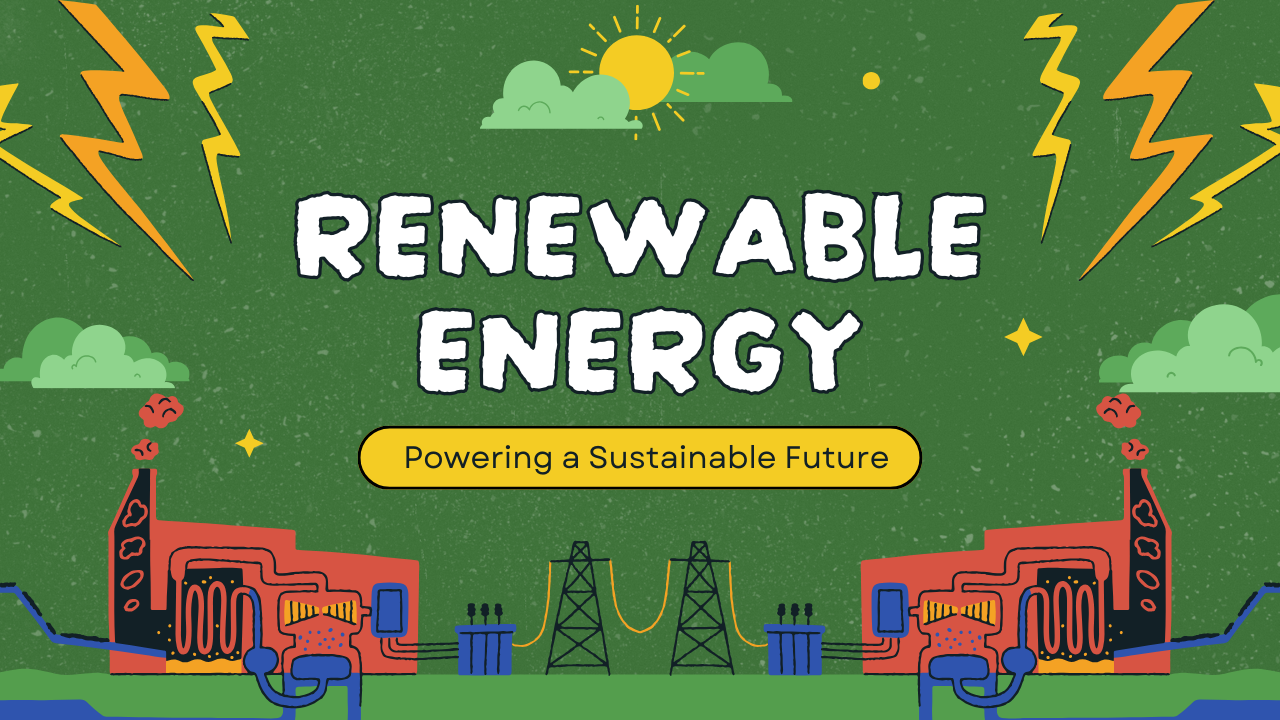
Japan's $1.5B Bet on Ultra-Thin Solar Tech
Japan's Strategic Power Play: A $1.5 Billion Push to Master Perovskite Solar Technology
In one of the boldest national strategies for renewable energy to date, the Japanese government has committed a massive $1.5 billion to accelerate the commercialization of a revolutionary new solar technology: ultra-thin, flexible perovskite solar cells. This ambitious investment is more than a simple research grant; it is a calculated, multi-faceted move designed to tackle some of Japan's most pressing challenges—energy security, limited land space, and industrial competitiveness—while aiming to disrupt China's long-standing dominance of the global solar market.
At the heart of this national effort is a groundbreaking material that promises to redefine what a solar panel can be. Unlike the rigid, heavy silicon panels that dominate today's market, perovskite solar cells can be made into pliable, lightweight films less than a millimeter thick. This flexibility allows them to be installed on surfaces previously thought impossible for solar generation, from the curved roofs of stadiums to the glass facades of skyscrapers. For a mountainous and densely populated country like Japan, this technology isn't just an improvement—it's a game-changer.
A Vision for Urban and Industrial Energy Generation
The Japanese government's strategy is built on a clear set of ambitious targets. The immediate goal is to establish a production capacity of 100 megawatts (MW) by 2027, enough to power roughly 30,000 households. This initial phase serves as a crucial stepping stone towards a much grander vision: installing 20 gigawatts (GW) of perovskite solar capacity by 2040. To put that in perspective, 20 GW is equivalent to the power output of approximately 20 nuclear reactors, representing a seismic shift in the country's energy portfolio.
This massive scale-up is central to Japan's overarching goal of having renewable sources account for up to 50% of its electricity demand by 2040 and achieving net-zero emissions by 2050. Leading the charge is the manufacturing giant Sekisui Chemical, which is receiving a substantial portion of the government funding, including a ¥157 billion (approx. $1 billion) subsidy, to build out the industrial capacity needed to make this vision a reality.
The Strategic Advantage: Geopolitics, Geography, and Materials
Japan's bet on perovskites is deeply rooted in geopolitics. Currently, China controls over 80% of the global solar panel supply chain, giving it immense leverage. By championing perovskite technology, Japan is playing to its own strengths. A key component in perovskite solar cells is iodine, and Japan is the world's second-largest producer of this element, after Chile. This provides Japan with a crucial supply chain advantage, reducing its reliance on foreign imports and creating a pathway to reclaim leadership in the solar sector.
The technology is also perfectly suited to Japan's unique geography. With limited flat, open land available for traditional solar farms, the ability to integrate power generation directly onto existing urban infrastructure is a strategic necessity. Perovskite films can be laminated onto building walls, windows, and rooftops that cannot support the weight of conventional panels, unlocking a vast new potential for decentralized, urban energy generation.
Overcoming the Technical Hurdles
Despite the immense promise, the path to mass commercialization is not without its challenges. Two main hurdles stand in the way: durability and toxicity.
Lifespan: Current commercial perovskite modules have a lifespan of around 10 years, significantly shorter than the 20-25 year standard for silicon panels. Researchers are working intensively to develop advanced encapsulation materials to protect the delicate perovskite layer from moisture and UV degradation, thereby extending its operational life.
Toxicity: Many high-efficiency perovskite formulas contain a small amount of water-soluble lead, raising environmental and safety concerns. The industry is actively pursuing lead-free alternatives and robust encapsulation techniques to mitigate any potential risk.
While laboratory-scale cells have achieved efficiencies rivaling silicon, translating that performance to large-scale, mass-produced modules remains a key focus of the government's investment.
A New Dawn for Global Solar Energy
Japan's $1.5 billion investment is a powerful signal that the next generation of solar technology is arriving. By leveraging its industrial prowess, material advantages, and strategic government support, Japan is not just aiming to solve its own energy challenges but is positioning itself to be a leader in a new global energy paradigm. If successful, this bold initiative will not only help Japan achieve its ambitious climate goals but will also introduce a more versatile, accessible, and integrated form of solar power to the world. The era of painting our cities with sunlight is no longer science fiction; it is the concrete national strategy of one of the world's leading technological powers.












